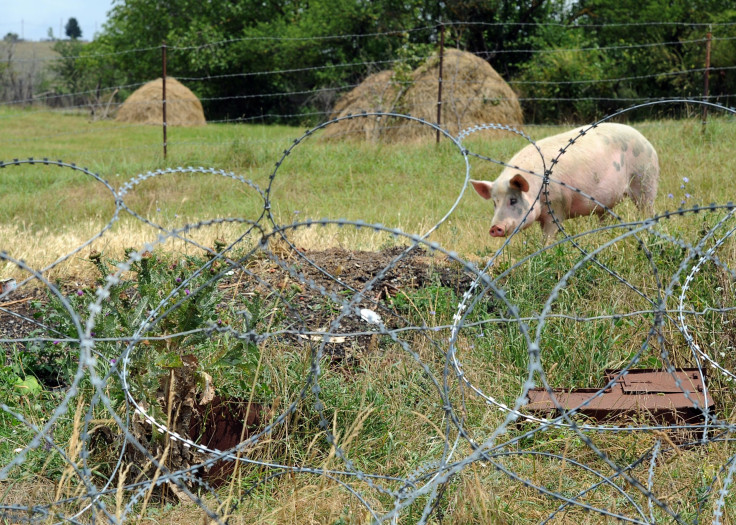Coronavirus Minnesota Update: 200,000 Pigs Likely To Be Put Down Due To Closure Of Processing Plants

As several pork processing plants are being shut down in the U.S due to the coronavirus pandemic, hog farmers in Minnesota may soon be forced to cull nearly 200,000 pigs in the next few weeks.
With the shutdown of processing plants or reduction in their processing capacity, farmers are left holding onto more hogs than what they are capable of handling. Due to this, the hogs that were already fattened up for slaughter will have to be culled as they will soon outgrow the weight limit required for processing.
The farmers will have no choice but to euthanize their pigs as a last resort if they haven’t started doing so.
On Sunday, the National Pork Board had hosted a web conferencing during which they advised farmers on methods they could implement to humanely put down the pigs.
Dave Mensink, a Minnesota hog farmer, disagreed with the idea of euthanizing his pigs and said it was no different from growing a field of corn and setting a portion of it on fire before harvest.
“Very difficult decision to make, to put an animal down that we cared for,” said Mensink.
According to data from U.S. Department of Agriculture, as of April 24, the prices of hogs have dropped more than 40% since the beginning of the month to $34.21 per 100 pounds in Minnesota and Iowa, whereas, the five-year average price during this time of year was around $60 per 100 pounds. Meanwhile, the prices for 40-pound feeder pigs have hit the lowest point since August 2018.
Minnesota is the second-largest pork producer in the country, the first being Iowa. Several processing plants in Iowa along with those in Worthington, Windom, and South Dakota have already been forced to shut down amidst the COVID-19 outbreak.
David Preisler, CEO of the Minnesota Pork Producers Association, mentioned that at least a million hogs were ready to be processed in the United States. However, because of the closures, that is no longer a possibility. He also added that the number continues to grow by tens of thousands every day.
“Quite honestly, it’s absolutely tragic to have that conversation because it just becomes a waste of food. We have hog prices that are low and plants that can’t accept pigs. So we literally have got about 30% too many pigs [to process] in the United States and that’s difficult to deal with. We’re planning, at least creating plans here in the Minnesota, to probably put down 200,000 [hogs] over the next couple of weeks,” he said.
Preisler stated that the carcasses would have to either be buried, composted, or rendered (converted to byproducts).
“Could be fertilizer, could be fats and oils and so on. So it’s really truly recycling,” he added.
He also mentioned that the closure of restaurants was the main culprit for the price drop.
“Sixty percent of all bacon was eaten in restaurants, and as that evaporated it just drastically dropped the price of bellies, and bellies are what gets turn into bacon,” he said.
The culling of hogs comes as a huge blow to food supplies as farms are bound to incur losses. According to Preisler, the farmers might also have to pay for the disposal process, however, they are hoping that the government will help cover the costs.
“Because quite honestly, it just adds insult to injury,” he added.
It is still unsure as to how the current situation will affect the prices of pork at the grocery stores.
© Copyright IBTimes 2025. All rights reserved.





















